SUMMARY
This is AI generated summarization, which may have errors. For context, always refer to the full article.
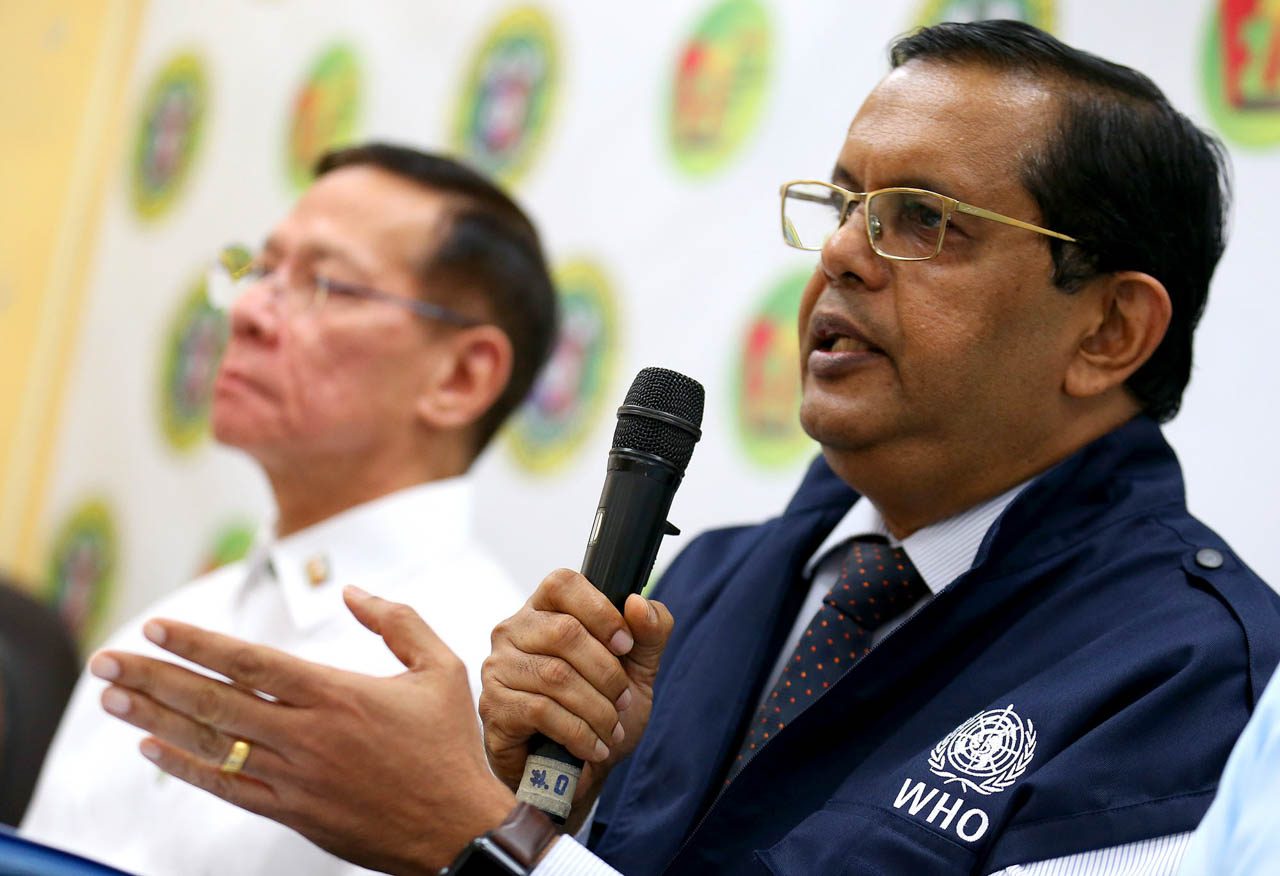

World Health Organization (WHO) Representative to the Philippines Dr. Rabindra Abeyasinghe asked the Department of Health (DOH) to be cautious in tagging the Philippines as a “low-risk” area for COVID-19.
“We need to be more cautious. It’s not costly to err on the side of caution. We need to be consistent in our messaging. The public needs to be aware that the risk remains and that they need to follow protocols,” Abeyasinghe said in an interview with ANC’s Headstart on Tuesday, July 6.
Abeyasinghe added that giving the public wrong messaging could result in “lower compliance” of minimum public health standards.
“So we have to be careful here. We recognize that in NCR (National Capital Region), significant progress has been made in the vaccination. The rate of coverage is nowhere near what we could be comfortable to say that we are unlikely to see a major surge,” he said.
Asked what the criteria are for a country to be considered as low risk for the virus, Abeyasinghe did not give a definite answer but said that with the coronavirus evidently still evolving, it is imperative that countries should strengthen [their] preparedness and that the public should not lower their guards down.
DOH Epidemiology Bureau Director Alethea de Guzman last week said the country was already “low risk” for COVID-19 due to its decreasing cases of the virus. The growth rate nationwide for two weeks was at -9%. She also said that the average daily attack rate from June 13 to 26 was only at 5.42.
Abeyasinghe said that the country should continue to use its resources in a “rational manner to maximize the impact and we need to prepare for a scenario where the currently available therapeutics and vaccines may fail because the virus continues to mutate.”
He added: “Until we are reasonably confident that we have beaten the virus, I think we shouldn’t rush there.”
Abeyasinghe’s statement comes after the country detected two more cases of the highly transmissible COVID-19 Delta variant. The Philippines now has 19 cases of this virus type. Of these, 18 recovered and one died.
As of Monday, July 5, around 8.02% of the country’s population have received the first of two doses of the COVID-19 vaccine. Meanwhile, those who have taken both jabs represent around 2.6% of the population.
The Philippines’ rate of vaccination is nowhere near its target of 70% inoculation by the end of 2021. – Rappler.com
Add a comment
How does this make you feel?
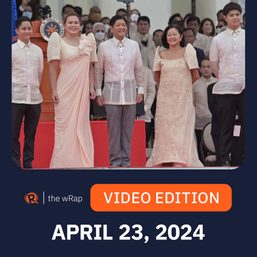
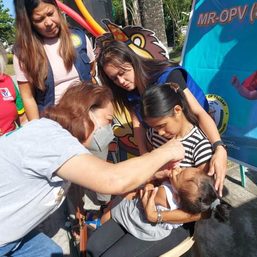
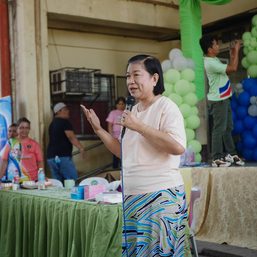
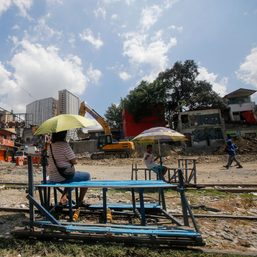
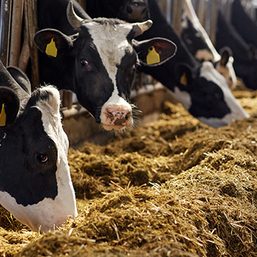

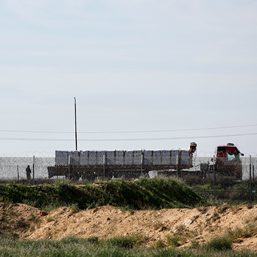
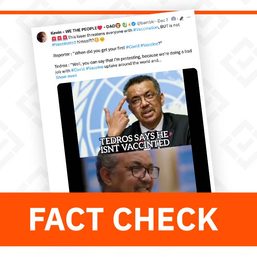
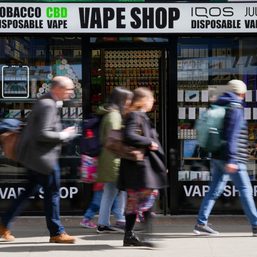
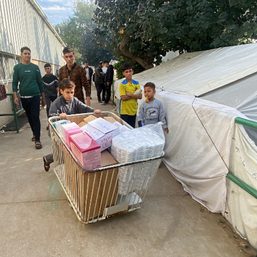
There are no comments yet. Add your comment to start the conversation.